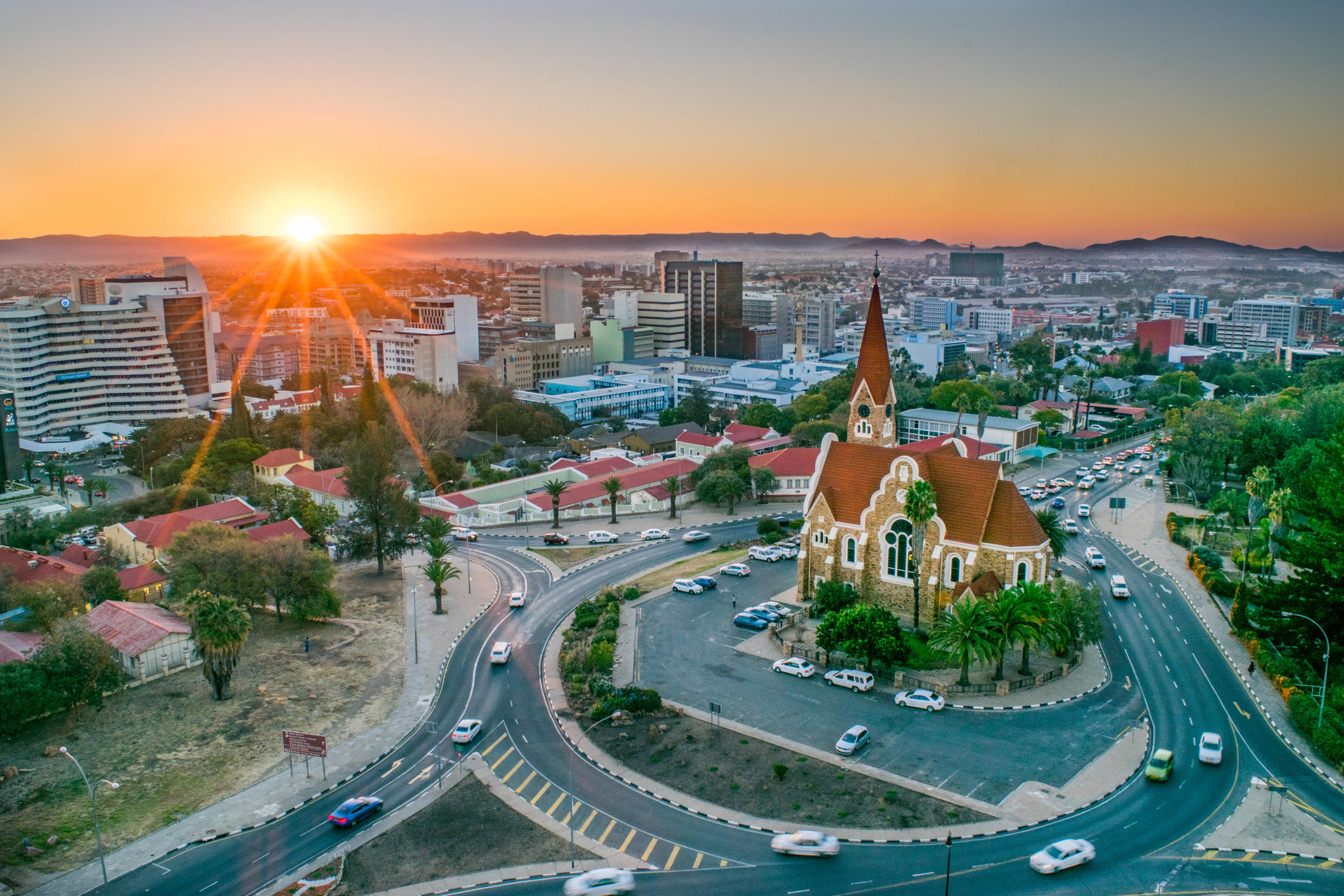Following the dawn of a new decade, a flurry of optimistic articles were written about the incredible progress humanity has made since the start of the new millennium and the expected milestones in human flourishing that our species will likely achieve by 2030. As several authors have highlighted, extreme poverty, infant mortality, and illiteracy have all fallen to historic lows, and our species is more peaceful, smarter, and technologically advanced than ever before.
However, by looking at the overall trends in global well-being, it can be difficult to determine what life is actually like, and indeed, what the future holds for the world’s poorest people. Fortunately, the forecast for the world’s most impoverished region, sub-Saharan Africa, is a bright one.
Back in 2000, The Economist described Africa as the “hopeless continent,” adding that the “new millennium has brought more disaster than hope to Africa.” Thankfully, in the 20 years since The Economist’s somber diagnosis, much has changed.
In fact, over the last twenty years, the gross domestic product (GDP) of sub-Saharan Africa has tripled, and average per capita incomes, adjusted for inflation and purchasing power, have more than doubled. Beyond economic measurements, infant mortality rates have almost halved and literacy rates have increased by 8 percent. That may not sound like much, but this increase means that 136 million more Africans can read and write since the year 2000.
Over the same period, life expectancy in the region has increased by more than 10 years— meaning, that for every day that went by, life expectancy increased by a whopping 12 hours. For many people, this increase would be the difference between knowing your grandchildren or dying before they were born.
It’s important to consider that much of the progress in Africa has only occurred since the late 1990s and has largely coincided with Africa’s new, more liberalized economy. As Marian Tupy, editor of HumanProgress.org, notes, “for much of their post-colonial history, African governments have imposed central control over their economies.” Measures such as expropriation of private land, price and wage controls, state-owned enterprises that prevented competition, and more, were all too common.
But, according to Tupy, “that began to change after the fall of the Berlin Wall. Socialism lost much of its appeal and the Soviet Union, which bankrolled and protected many African dictatorships, fell apart.” Between 1996 and 2016, economic freedom in the region, as measured by the Fraser Institute, a Canadian think-tank, rose from 5.1 out of 10 to 6.15.
It is, of course, hard to predict the future of a region that contains 46 countries and a population of over 1 billion people, but looking at the trends of the past couple of decades is a good place to start. As Mark Littlewood, Director General of the Institute of Economic Affairs, recently noted, “of course, doomsayers will say that past results are no guarantee of future performance. They are technically correct…but the past does surely act as a reasonable guide.”
Even with no further economic liberalization, sub-Saharan Africa will likely continue to grow rapidly over the next decade.
Today, average income in the region is equal to that of the average Western European living in the year 1900 — roughly $4,000 per year. By 2030, based on current growth trends, it can be reasonably expected that incomes in sub-Saharan Africa will be equal to that of the average Western European in 1934 (i.e., approximately $5,000 per year). A sum of $5,000 per year is not much to live on, but the fact that sub-Saharan Africa will likely achieve the same income growth over a 10-year period as Western Europe did over 34 years, is remarkable.
If these trends continue, life expectancy in the region will increase by another five years by 2030, and the region’s GDP will also likely surpass $2.2 trillion, making it equal to the eighth-largest economy in the world today.
There’s no guarantee, of course, that over the next decade, some African governments won’t impose barriers that prohibit trade, close borders, forgo property rights, or intervene more heavily in their economies — all of which would go some way to reverse current progress. However, the good news is that due to the creation of a new continent-wide free trade deal, it seems that the economic liberalization policies that have underpinned much of Africa’s growth over the last 20 years, will likely accelerate in the coming decade.
On July 1, the African Continental Free Trade Area (AfCFTA), which is currently in its operational phase, will be fully implemented. The AfCFTA, which was first adopted by the African Union (AU) in March of 2018, has been signed by all but one of the AU’s 55-member states, with 29 nations having ratified the agreement through their domestic legislatures.
Upon its introduction, the newly-minted free trade area will immediately abolish 90 percent of tariffs on goods traded between member states and, by the end of 2030, a further 7 percent of tariffs that remain on “sensitive products” will be removed. That’s an excellent move given that the United Nations has estimated that AfCFTA could increase intra-African trade by upward of 50 percent within just a few years. After the final tariffs are removed, that number will likely double — no doubt adding billions to the region’s economy.
Throughout the 2020’s, sub-Saharan Africa is likely to continue to be one of the world’s fastest growing regions. Average incomes will rise, life expectancy will increase, and infant mortality rates will continue to plummet. With the introduction of the AfCFTA later this year, the speed of progress might even increase.
Africa has a long way to go to catch up with the West, but we should be thankful that the once-dubbed “hopeless continent” is hopeless no more.
A version of this article appeared in CapX.



